China spent US$21 billion on military exercises in the Taiwan Strait, the East and South China seas and the Western Pacific last year, nearly 40 percent higher than in 2023, estimates by the Taiwanese government showed, based on its tracking of aircraft and ships and working out the cost of fuel and other expenses.
The internal research by Taiwan’s armed forces, reviewed by Reuters and corroborated by four Taiwanese officials, offers rare details of where China’s defense spending is probably going, as Beijing expands its military footprint and the scope of its drills, alarming regional capitals and Washington.
China allocated 1.67 trillion yuan (US$233.44 billion) in defense spending for last year, but diplomats widely believe that number is underreported.
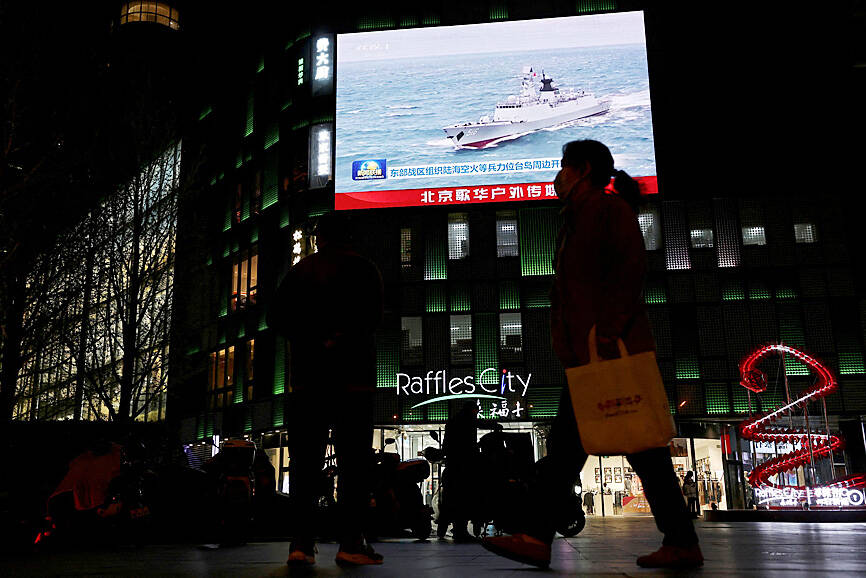
Photo: Reuters
China does not give any breakdown on how the money is spent.
The officials, who were briefed on the research, declined to be identified, because of the sensitivity of the matter.
Neither the Chinese Ministry of National Defense nor its Taiwan Affairs Office responded to requests for comment.
China has repeatedly said its military spending is transparent and presents no threat.
Reuters could not independently confirm the accuracy of the Taiwanese estimate.
Experts said the report’s methodology was feasible and could provide valuable information, but they cautioned that it necessarily included some guesswork.
Taiwan’s military compiled its estimates in a report this month based on Taiwanese surveillance and intelligence on Chinese military activity in the Bohai Sea off northeast China, the East China Sea, the Taiwan Strait, the South China Sea and the Western Pacific.
The reports tallied China’s naval and air missions there last year, then estimated how much fuel and other consumables would cost for each hour of activity.
The total was about 152 billion yuan, including maintenance, repairs and salaries, the report and the officials briefed on the research said.
That estimated spending represented about 9 percent of China’s reported military spending last year, up from 7 percent in 2023 based on the same estimates, according to Reuters calculations based on the research.
“China’s ongoing military expansion and gray-zone provocations are severely undermining peace and stability in the Indo-Pacific region,” Taiwan’s Ministry of National Defense said in a statement to Reuters, which did not address the report’s spending and other estimates.
Last year, Chinese aircraft, including J-10 fighters, H-6 bombers and drones, made nearly 12,000 flights in the region, amounting to about 37,000 hours in the air, the report showed.
Both represented about a 30 percent increase from the year before, the officials said.
The Chinese navy made more than 86,000 sailings, including of aircraft carriers and destroyers, amounting to a total time at sea of more than 2 million hours, about a 20 percent increase from a year ago for both metrics, the report said.
About 34 percent of the Chinese naval journeys were made in the highly contested South China Sea, about 28 percent were in the East China Sea bordering Japan and South Korea, and nearly 14 percent were in the sensitive Taiwan Strait, the report showed.
“They are trying to normalize their military power projection and intimidation around the first island chain,” one of the officials briefed on the research said.
The first island chain is an area that runs from Japan through Taiwan, the Philippines and on to Borneo, enclosing China’s coastal seas, as well as the disputed South China Sea.
China’s navy has also been operating even further from the country’s shores, including participating in anti-piracy patrols off Somalia, while the US has reported an uptick in Chinese naval movements around Alaska and the northern Pacific.
The research is designed to help Taiwanese policymakers understand how China allocates military resources across regions, as well as to gauge Beijing’s pace of military expansion, the officials briefed on the reports said.
The 152 billion yuan figure amounts to about a quarter of Taiwan’s defense budget for last year.
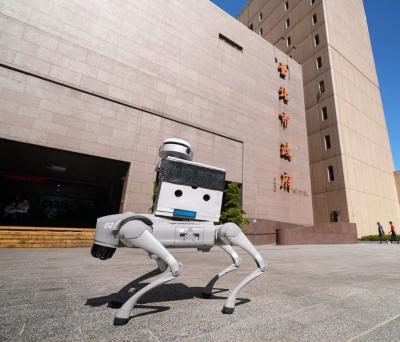
The inspection equipment and data transmission system for new robotic dogs that Taipei is planning to use for sidewalk patrols were developed by a Taiwanese company, the city’s New Construction Office said today, dismissing concerns that the China-made robots could pose a security risk. The city is bringing in smart robotic dogs to help with sidewalk inspections, Taipei Deputy Mayor Lee Ssu-chuan (李四川) said on Facebook. Equipped with a panoramic surveillance system, the robots would be able to automatically flag problems and easily navigate narrow sidewalks, making inspections faster and more accurate, Lee said. By collecting more accurate data, they would help Taipei
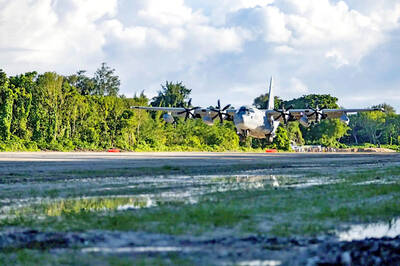
TAKING STOCK: The USMC is rebuilding a once-abandoned airfield in Palau to support large-scale ground operations as China’s missile range grows, Naval News reported The US Marine Corps (USMC) is considering new sites for stockpiling equipment in the West Pacific to harden military supply chains and enhance mobility across the Indo-Pacific region, US-based Naval News reported on Saturday. The proposed sites in Palau — one of Taiwan’s diplomatic allies — and Australia would enable a “rapid standup of stored equipment within a year” of the program’s approval, the report said, citing documents published by the USMC last month. In Palau, the service is rebuilding a formerly abandoned World War II-era airfield and establishing ancillary structures to support large-scale ground operations “as China’s missile range and magazine
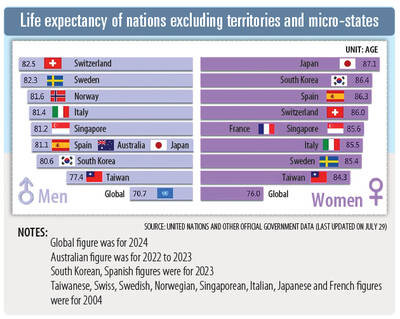
STATS: Taiwan’s average life expectancy of 80.77 years was lower than that of Japan, Singapore and South Korea, but higher than in China, Malaysia and Indonesia Taiwan’s average life expectancy last year increased to 80.77 years, but was still not back to its pre-COVID-19 pandemic peak of 81.32 years in 2020, the Ministry of the Interior said yesterday. The average life expectancy last year increased the 0.54 years from 2023, the ministry said in a statement. For men and women, the average life expectancy last year was 77.42 years and 84.30 years respectively, up 0.48 years and 0.56 years from the previous year. Taiwan’s average life expectancy peaked at 81.32 years in 2020, as the nation was relatively unaffected by the pandemic that year. The metric
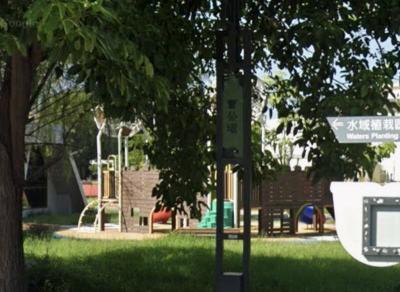
A 72-year-old man in Kaohsiung was sentenced to 40 days in jail after he was found having sex with a 67-year-old woman under a slide in a public park on Sunday afternoon. At 3pm on Sunday, a mother surnamed Liang (梁) was with her child at a neighborhood park when they found the man, surnamed Tsai (蔡), and woman, surnamed Huang (黃), underneath the slide. Liang took her child away from the scene, took photographs of the two and called the police, who arrived and arrested the couple. During questioning, Tsai told police that he had met Huang that day and offered to